The Ad Hoc Gist: 2024: Hope Floats or Reality Bites?
Graphic by Mina Lee
As we kick off 2024, I invited five experts to share their predictions for tech, funding, and policy.
Here’s mine: 2024 will be big for resilience. In an election year, when climate action will become even more politicized, resilience tech should avoid the political crosshairs. The reality of extreme weather and wildfires will prompt utilities (no CEO wants a repeat of Hawaii), big real estate, and other vulnerable sectors to invest in their self-interest.
With insurers fleeing some states and jacking up rates in others, state governments will look for ways to protect communities while businesses try to protect the long-term value of their assets. Some VCs will wait for the election results before making new investments in climate mitigation tech, but I expect startups with a scalable resilience proposition will get renewed attention.
In AHG news, we’re thrilled to add utility veteran Erik Takayesu as a senior advisor.
- Jim Kapsis, CEO
The Ad Hoc Group
2024: Hope Floats or Reality Bites?
KATE GORDON
Former senior advisor to Energy Secretary Jennifer Granholm
Prediction: Manufacturing investments fill the “missing middle”
For decades, US clean energy development has almost entirely been focused on innovation and installation. While this approach has clearly delivered results, it’s also left a gap in terms of both equity and the broader economy. Innovation brings significant wealth to a relatively small number of workers and shareholders, while installation often creates only temporary local jobs. To create real, lasting benefits, we need to invest in the manufacturing and supply chains that fill in the gaps in between.
This year will be different. The three major federal clean energy bills passed in the last two years dedicated billions of dollars to support the entire clean energy value chain – from critical mineral mining to semiconductor and other component manufacturing to final installation. While the US has already experienced a boom in manufacturing in anticipation of these investments, 2024 will be the year we move from program design to real (sustainable!) steel in the ground. This focus on the manufacturing sector is critical to America’s competitiveness and economic health. It’s also good for communities, workers, and the long-term political sustainability of the energy transition.
LEONARDO BANCHIK
Director at Voyager
Prediction: Climate tech tailwinds support new investments
Despite overall market headwinds, climate tech enjoys a growing VC share vs. other sectors and will remain strong in 2024. However, with equity funding normalizing after the 2021-2022 frenzy, all startups, especially later stage, should be prepared. This means closely monitoring burn, operating leanly (easier said than done!), and clearly defining investor and customer milestones, like commercial traction and technical de-risking. Some climate hardware startups will also benefit from off-balance sheet financing, including from emerging funds providing first-of-a-kind, early infrastructure debt.
Additional tailwinds may come if the Fed cuts rates, the 2024 election continues supporting sensible industrial policy in the form of decarbonization, and momentum builds in M&A and IPOs. Several areas are ripe for innovation this year, especially given recent COP28 commitments, continued IRA impact, and large language model AI advances. These include: methane reduction/removal, green chemicals and industrial decarbonization (including metals/mining), and AI for efficiency/electricity management and materials discovery.
SARAH NIELSEN
Executive director, transportation, renewables, and innovation at Consumers Energy
Prediction: Ambition meets reality for 2030 utility targets
For the many electric utilities that set bold emissions reduction targets for 2030, the end of the decade is suddenly coming fast. 2024 is the year moonshot ambitions need to align with the cold, hard reality of organizational goals and metrics.
This realignment will make some technologies seem overhyped (we’re seeing that play out now with electric vehicles) and will require slow, steady improvements, like deploying heat pumps and ironing out the FERC interconnection process. At times, it will feel uninspiring. Grids that are heavily reliant on gas, for instance, aren’t going anywhere fast this decade. It will take time to source, install, and troubleshoot the legion of renewable energy that is promised from state policies.
VAUGHN BLAKE
Partner, Blue Bear Capital
Prediction: Energy-conscious computing takes center stage
The climate tech industry will face a dual challenge as the demand for data centers and artificial intelligence (AI) technologies surges, threatening increased energy consumption. The exponential growth in data processing and AI applications has led to a heightened need for energy-efficient computing solutions. As data centers become more prevalent and powerful, their energy demands are escalating, necessitating new methods for mitigating environmental impact. There are a few companies in the space taking innovative, practical approaches (Fluix is one to watch).
This year, researchers and engineers will have to focus on developing greener data center infrastructure, utilizing technologies like liquid cooling, efficient hardware design, and optimized algorithms. The imperative to balance the burgeoning energy appetite of AI with sustainable practices underscores a critical shift toward energy-conscious computing solutions.
ANNA LISING
Senior policy advisor to Gov. Jay Inslee
Prediction: States lead a full-throated effort to end fossil fuels
In 2024, we’re going to see a hard shift away from fossil fuel use. Advocates and scientists have been calling for this for years, but policymakers and cleantech leaders have been reluctant to draw that bright line, holding on to the hope that innovation alone would deliver the clean solutions our climate so desperately needs.
After a brutal year of devastating, multi-billion dollar climate disasters, we can no longer avoid the hard truth that innovation alone won’t cut it. Our governments have propped up the oil and gas industry with financial incentives and protectionist policies for over a century now. That’s not going to be undone without intentional effort. This year, we’ll see states lead the charge with policies and regulations that set deadlines to end the use of coal and methane gas. From there, it’s up to the federal government to take the reins on eliminating fossil fuel kickbacks.
News from Our Network
From our clients:
- Octopus Energy raised $800 million to accelerate international growth.
- Impulse launched pre-orders for its sleek battery-enabled induction cooktops.
- Uplight acquired Autogrid, creating a single platform for Distributed Energy Resources (DERs).
- OhmConnect and Nest’s Renew platform combined into a new company, Renew Home, backed by Sidewalk Infrastructure Partners.
- Tyler Rogers from Kraken wrote in Utility Dive about the collective need for the utility industry to get its mojo back on innovation.
- SWTCH CEO Carter Li spoke to Canary Media about the challenges of interoperability between charging networks.
From friends and colleagues:
- The Department of Energy (DOE) cited SIngularity Energy’s research twice in its assessment of the Clean Hydrogen Production Tax Credit.
- Cascade Climate, a new nonprofit, launched to focus on the growth of open-systems carbon removal.
- The Watt It Takes podcast interviewed Ben Tarbell, CEO of Ebb Carbon about carbon removal.
- Varsha Ramesh Walsh, the CEO of Offstream, wrote an explainer on what leaders need to know about carbon credits.
Jobs in our network:
Send us your job openings in cleantech policy, startups, and utilities, and we'll put them in next month's Gist.
- Infravision: SVP of Global Sales & Marketing
- Aeroseal: Project Executive
- BedRock Energy: Product Management Lead
- BoxPower: Utility Sales Senior Account Manager
- Pano AI: Customer Success Manager
- Tyba: Product Marketing Lead
- Rewiring America: Head of Policy
- Zero Emission Transportation Association (ZETA): Regulatory Analyst
- Atlas Public Policy: Senior Policy Analyst
- Advanced Energy United: Policy Director - Central
- Rocky Mountain Institute: Manager, Utility Transition - Carbon-Free Buildings
- Northeast Energy Efficiency Partnerships: Senior Manager, Community Solutions
- Building Decarbonization Coalition (BDC): Senior Manager, Legislative & Regulatory Policy
Find us:
February 6-8
The Ad Hoc Group Retreat
San Francisco, CA
Looking forward to seeing our SF clients and friends!


